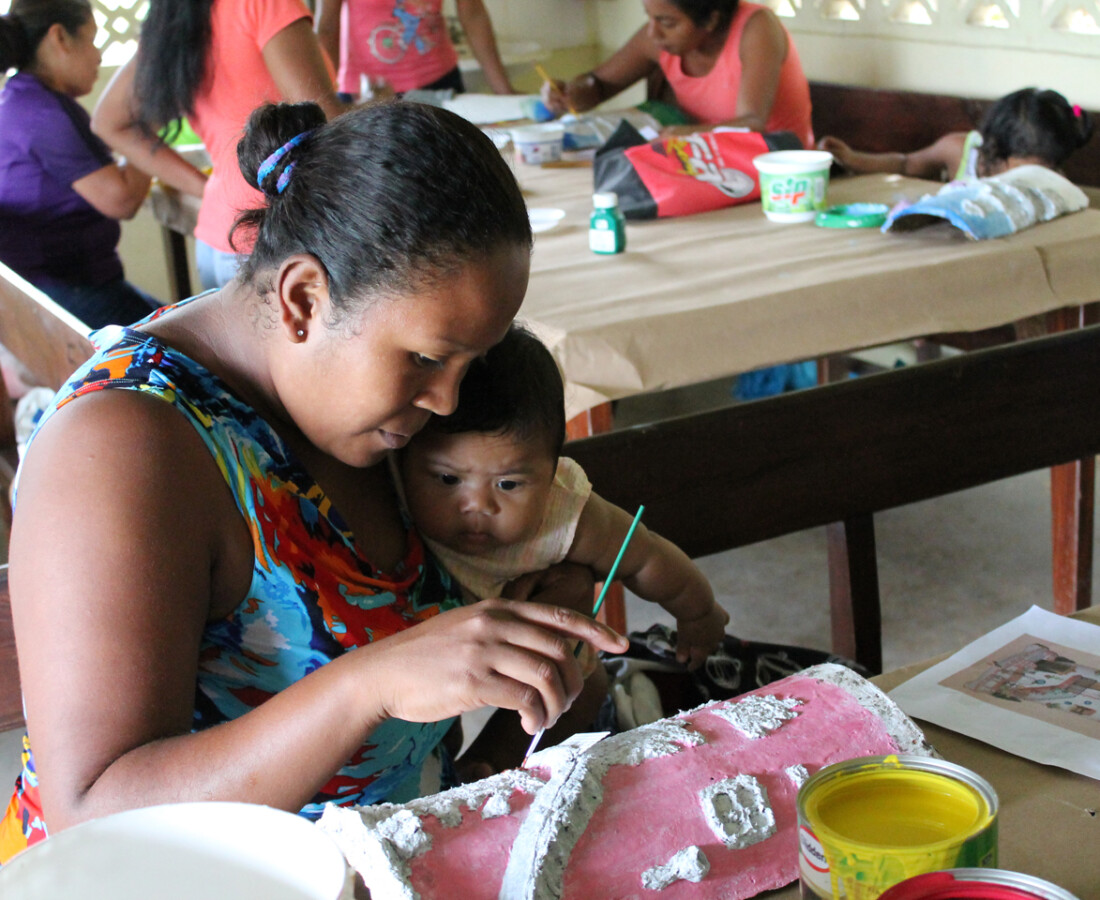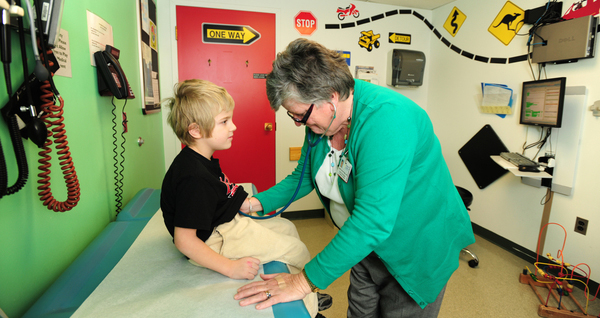UVM alumna Joy Benner ’15 started medical school in August 2017 at the UVM Larner College of Medicine. We talked Joy, who completed the UVM Post-Baccalaureate Premedical Program, about her time studying at UVM, conducting research, volunteering for the Art for the Heart program, and working in the UVM Medical Center Emergency Department.
Why did you decide to study medicine at UVM?
I had switched to pursue medicine late in my undergraduate career. I decided to major in Communication Sciences and Disorders (CSD) because my mother and sister are Deaf, and I saw the impacts this field had on their lives while I was growing up. I was exposed to the healthcare field through my major, as we were given many opportunities to observe the clinical aspects of audiology and speech pathology, which are career paths many students with CSD degrees choose to pursue.
Why are you drawn to medicine?
I love the connection and the relationship that grew between patient and provider, but I was also interested in learning more about the science behind the diseases that can influence or cause patient conditions. Through various experiences, I became fascinated with the field of medicine, but I hadn’t completed all of the necessary prerequisites to apply to medical school. I began to take some of these my senior year of college, where I met several UVM post-bac students. We all studied together, and I felt like I was a part of a community of individuals on the same path. I also grew up in Vermont, and knew I would be happiest and most successful in the post-bac program at UVM.
Tell us about your time volunteering in the Art for the Heart program.
The most rewarding aspect of the Art for the Heart Program was, by far, seeing the impact that we had on patients and their families. As an undergrad, I worked as an individual assistant for a toddler with bilateral cochlear implants, and through that experience I was shown how much of an effect one individual can have on a child’s life. For most children, a stay in the hospital can be overwhelming and stressful, and art is one of the best ways to allow them to make decisions, engage, and express themselves however they feel they need to. For many parents, this can be an equally distressing time, and we provided an outlet for them as well. It was always an incredible feeling to see that great big smile when a patient or family member saw all of the different art supplies they could use.
What did you do while working in the UVM Medical Center Emergency Department?
The Emergency Department provided a different experience, and was most rewarding in how much I learned. As a scribe in the Emergency Department, I worked directly with physicians and helped complete charts for the patients that they saw. This experience gave me immersive exposure to the field of medicine, as I was present for nearly every aspect of a patient’s visit to the ED, whether that was when the physician took the patient history, conducted a physical exam, interpreted laboratory and imaging results, or performed a procedure. I started to learn key things that physicians look for in common diagnoses and what they rule out. It was fascinating to see from start to finish the process that leads a physician to a diagnosis.
Which research programs particularly resonated with you in the program?
It’s hard to pick just one, but one project I worked on used animal models and looked at the effects of cyclophosphamide—a chemotherapy treatment—on taste. One of the many unfortunate side effects of chemotherapy is loss of appetite or loss of taste, which can lead to malnutrition and weight loss and has the potential to negatively impact the recovery of patients treated with chemotherapy. The study I worked on was evaluating the impact cyclophosphamide has on taste cells and the ability to discriminate salty tastes. This project was so great because I learned about how research can affect the way clinicians treat patients and how important it is for their ultimate treatment plan. It resonated with me so much because it has direct implications to improving the quality of life of patients being treated with chemotherapy.
Why did you choose to study at UVM?
I grew up in both Massachusetts and Vermont. I attended UVM as an undergraduate. I loved the prospect of being close to home and fell in love with UVM when I visited. It is an incredible school with so much to offer and so many resources.




